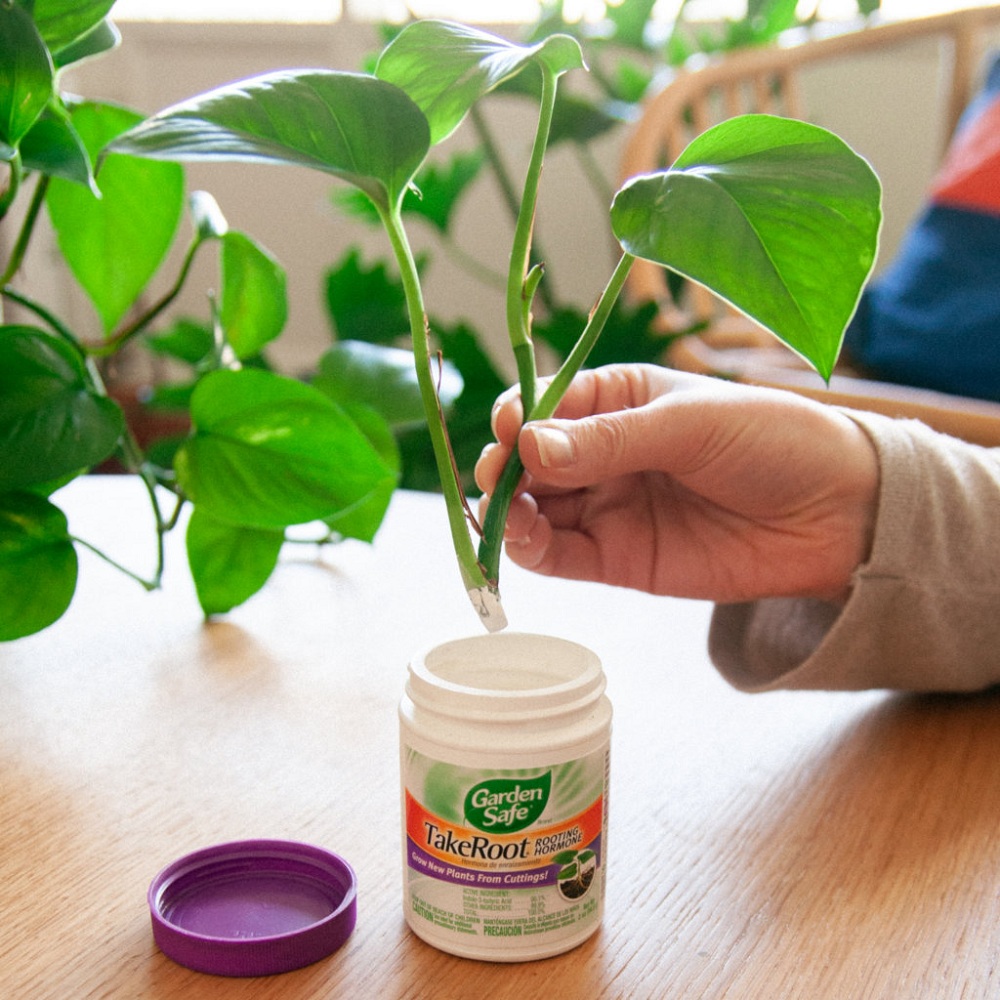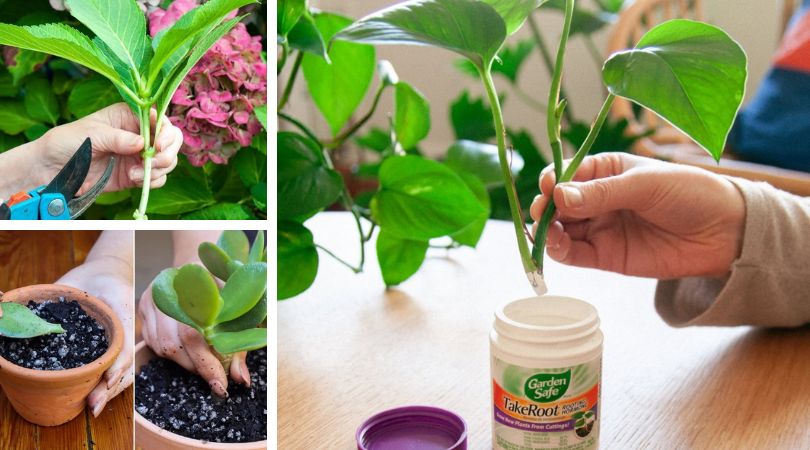Plants are not all grown from seeds. For many, the best method of propagation is to simply take cuttings, which is much quicker and less labor-intensive than growing from seeds. However, there are some basics about growing plants from cuttings that you should know.
What Is the Best Way to Grow Plants from Cuttings?
How to Take Cuttings
Remove a 4- to 6-inch-long cutting from the end of any branch using a sharp tool or garden scissors, just below the node (a node is a tiny bump on a stem). Make sure you get your cutting from a healthy, flowerless branch. Ideally, you would want to take the cutting from a young, healthy softwood branch.
For optimal water uptake by the plant, stems should be cut at a 45-degree angle rather than straight across. The lower leaves should then be removed carefully so as not to harm the stem. Apply a rooting hormone to the cutting, then set it in soil or water.

Best Time to Take Cuttings
Taking cuttings from plants at the wrong time of year can kill them. The timing of each plant differs, and it is also affected by the climate.
There’s a better chance that cuttings will take root in the summer or fall than in late spring. To multiply a plant, you must know the best time to plant cuttings.
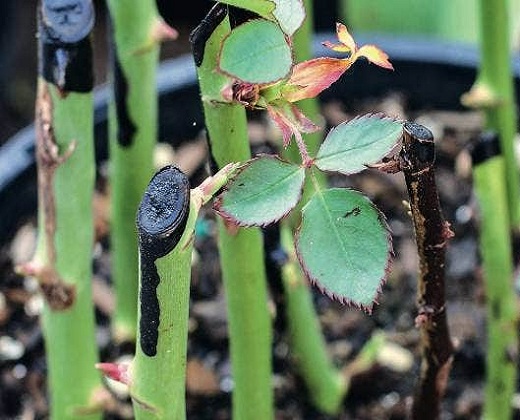
Getting the Container Ready
Roots can be grown from cuttings of stems by placing the cuttings in a clean pot filled with a soilless potting mix. Avoid using garden soil because it may contain pathogens that will harm the cutting. The same goes for avoiding substrates that have been supplemented with fertilizer or compost.
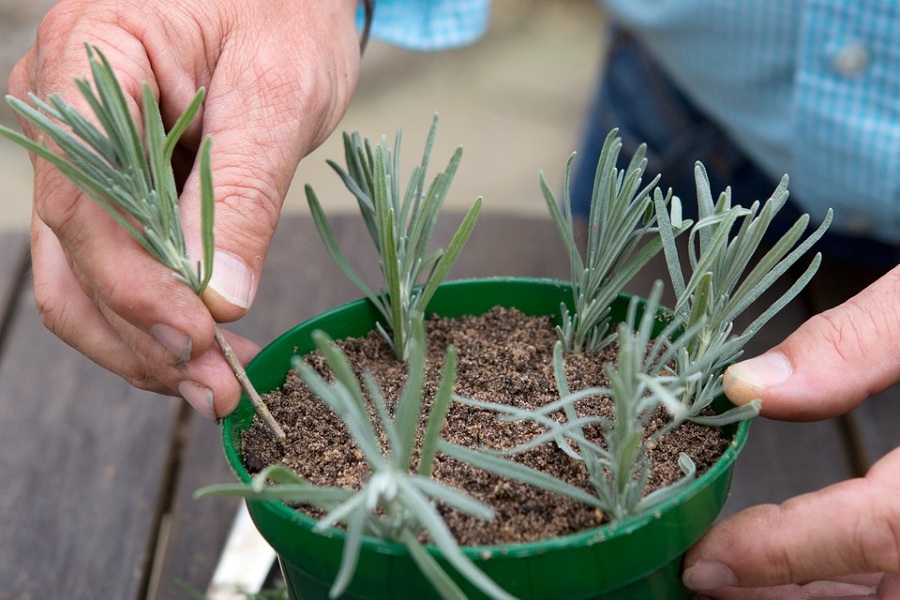
The requirements of Rooting Plants from Cuttings
Temperature
There are plants that do best in partial shade and others that need full sun. After being planted, cuttings will thrive best in an environment similar to that of their mother plant. Putting the cuttings in pots in the right environment (indoors or out) is essential. Greenhouses and heated beds are two other ways to achieve ideal growing conditions.
Warning: plant cuttings must never be placed in direct sunlight. Any place that is warm, well-lit, and gets only indirect sunlight will do. Morning sun, especially the softer kind, is preferable. If you live in a hot region, you should keep your cuttings in the shade.

Moisture
As with climate, optimal moisture and humidity vary by plant. Some cuttings root well in moist organic soil, while others, like succulents, prefer dry soil and low humidity. You must also water the plants on a regular basis. If plants prefer moist soil, mulching will help retain moisture. You can put them in a greenhouse or a plastic tote to raise the humidity.
Note: To maintain humidity and moisture, place the entire pot inside a plastic bag. Inflate the bag to keep the sides of the bag away from the cuttings as much as possible.
Leaves touching the bag are more prone to develop mold between the leaf and the bag.

Rooting Hormone
Rooting hormone, also known as root stimulating hormone, encourages the development of new roots in plants. It reduces fungal infections, rot, and cutting rooting time. Use it to increase your chances of success!
Directions: Put some rooting hormone in a bowl, and before you plant cuttings, dip them into the solution for about an inch.
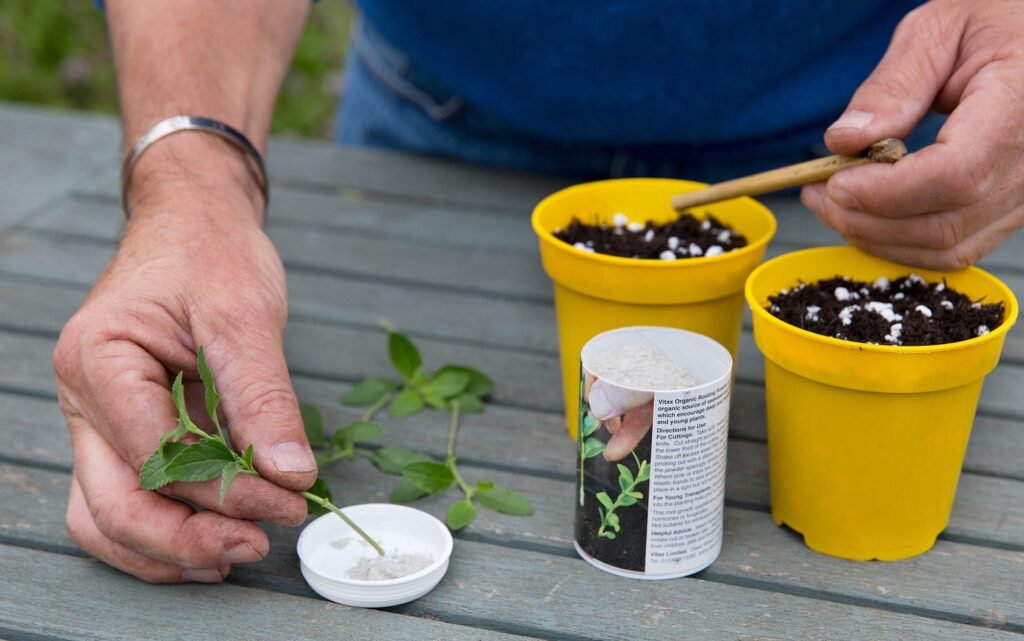
The Easiest Plants to Root from Cuttings
Herbs
Herbs are not only used to improve the taste of food, but also to fill the air with a pleasant fragrance. From a single herb plant, you can grow an almost infinite number of new plants.
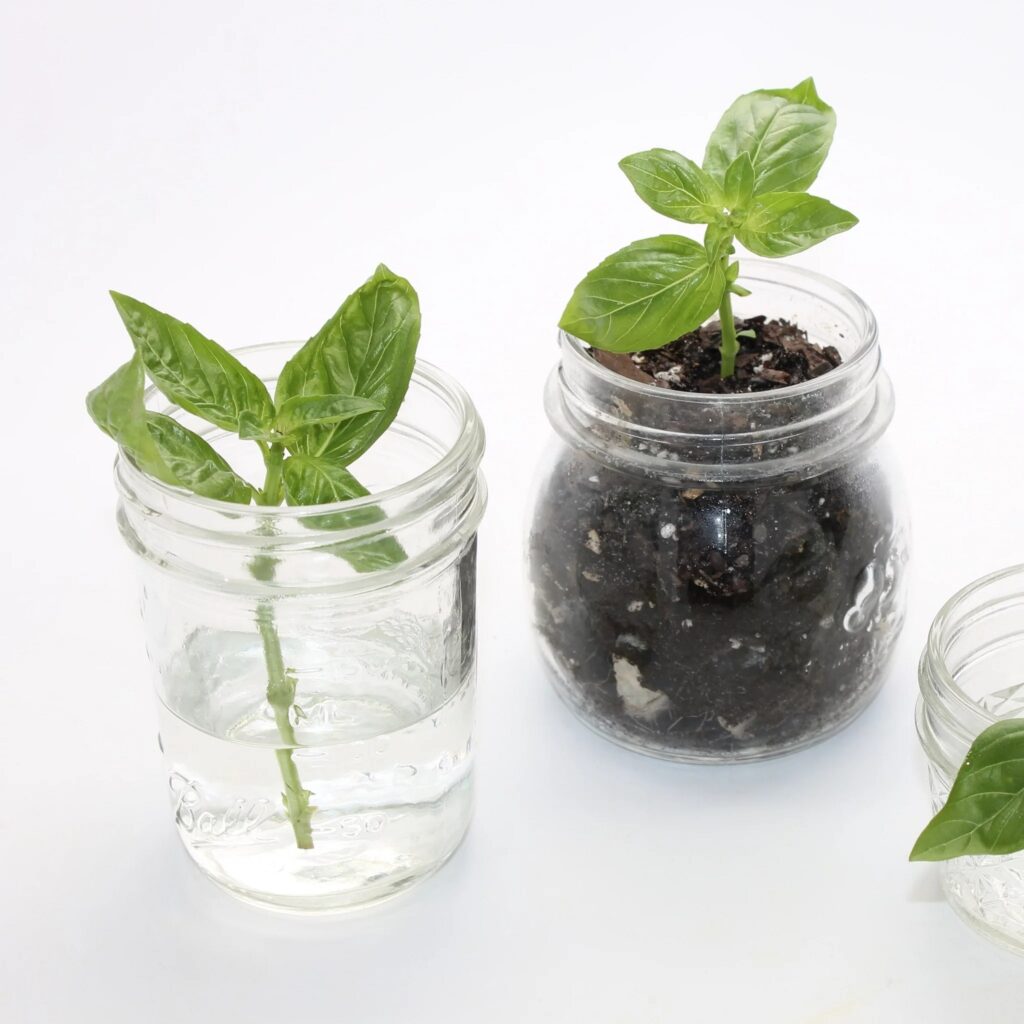
Bamboo
The dense, drape-like foliage of bamboo plants is prized for its aesthetic value. They are commonly used as a privacy tree due to their rapid clumping growth rate.
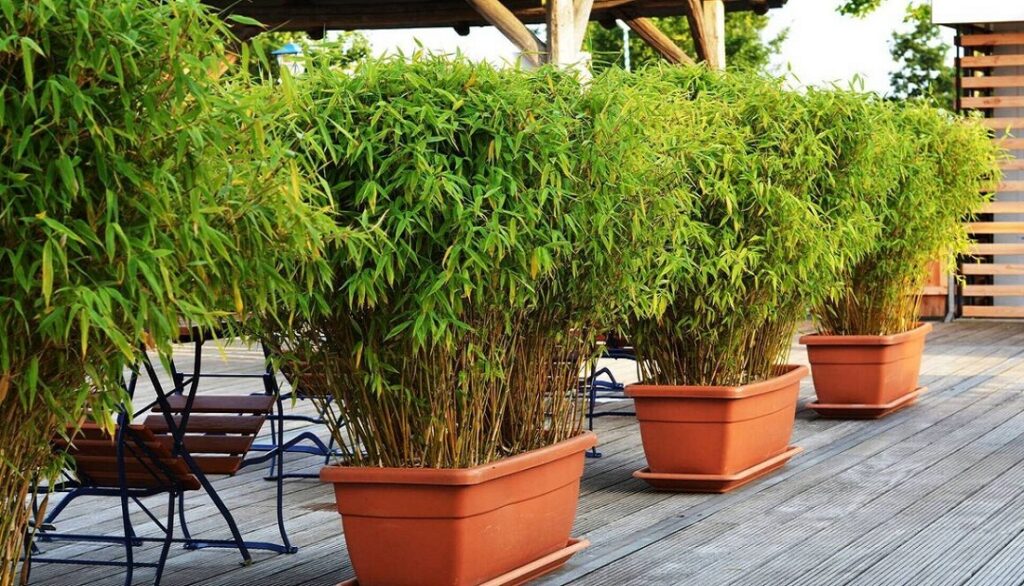
Succulents
Different species of succulents can be grown from stem or leaf cuttings. Some plants, like Echeverias, can be grown from a single leaf. Aeoniums, on the other hand, do best when grown from stem cuttings.
Some plants, like the jade plant (crassula ovata), can be propagated by cutting both the stems and the leaves. Thus, it is important to know what kind of succulents you are propagating before you start.
In order to take cuttings for propagation, simply twist and turn the leaf from its base.
Leave the cuttings to heal and dry out before trying to propagate them.

Flowers
Stem cuttings of a mature flowering plant can be used to propagate many new plants. To simplify things, the plants are divided into four categories:
Softwood cuttings come from new, fresh growth in the spring or early summer. Butterfly bush, Aster, Chrysanthemum, Hydrangea, Salvia, and Rose are all flowers in this group, though Rose is also in the hardwood group.
Semi-hardwood/Semi Ripe cuttings are robust and mature, and can be taken from midsummer to fall. Camellias, azaleas, and honeysuckles all thrive from semi-ripe cuttings and can be grown successfully.
Greenwood cuttings are stem cuttings taken from plants that do not have woody stems. Due to their lack of woody tissue, all annual plants are classified as herbaceous. Cuttings of dahlias, boxwood, and gardenias have the best chance of survival.
Hardwood cuttings include shrubs, climbers, trees, and fruits. You can grow the angel’s trumpet as a vine.
Plants from the carnation family, such as the dianthus plant, also root easily from cuttings.
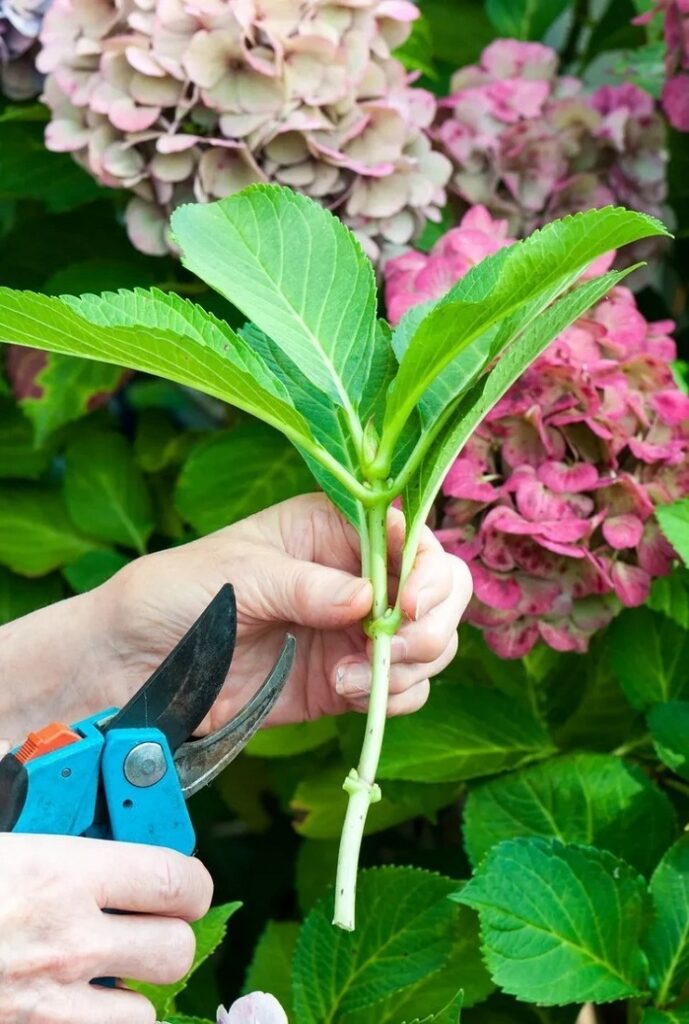
Houseplants
Growing indoor plants from cuttings is just as easy as growing any other plant on this list, and it’s the cheapest way to multiply these plants because they are so rare and valuable.
